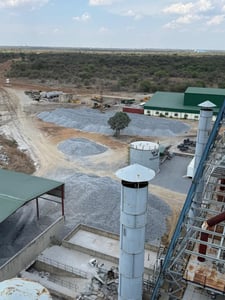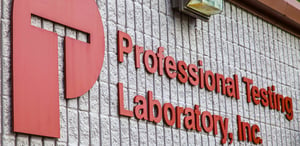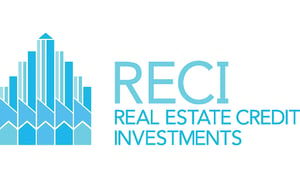Investors with an eye on the UK market might find Temple Bar Investment Trust Pl (TMPL.L) an intriguing prospect, particularly against the backdrop of its recent price performance. With its shares currently trading at 316 GBp, Temple Bar is navigating the market with a notable resilience, reflected in its 52-week range from 3.10 to 317.50 GBp. This suggests a robust stability, with the current price hovering near the upper end of this range.
Temple Bar Investment Trust, with a market cap of $899.35 million, lacks specific sector and industry classifications, yet it commands attention for its steadfastness in turbulent times. The trust’s price change, a modest 0.01%, highlights a steady course as it continues to tread the market waters.
In terms of valuation metrics, Temple Bar does not provide traditional figures such as the P/E ratio or price-to-book ratio, which might leave some investors craving more data. Nonetheless, the absence of these figures should not overshadow the trust’s potential, particularly for those focused on its technical indicators.
The technical analysis paints an interesting picture. The 50-day moving average standing at 231.23 and the 200-day moving average at 264.44 both suggest a bullish trend, with the current price significantly above both averages. The Relative Strength Index (RSI) at 81.58 indicates that the stock might be overbought, a signal that could prompt investors to keep a keen eye on upcoming movements. Meanwhile, the MACD figure at 27.43, alongside a signal line of -7.30, could imply momentum is on the upswing, which might be encouraging for those considering entry points.
However, the absence of explicit financial performance metrics like revenue growth and net income may present a challenge for analytically-driven investors who rely on these figures to gauge profitability and operational efficiency. Additionally, dividend seekers might be disheartened by the lack of disclosed dividend yield and payout ratio, which remain critical for income-focused portfolios.
Interestingly, the lack of analyst ratings and target prices suggests a certain level of opacity, potentially offering a blank canvas for investors to form an independent analysis free from external biases. This absence of traditional analyst coverage might appeal to those who prefer crafting their strategies based on technical insights and market sentiment.
For investors contemplating a position in Temple Bar, the trust’s steadfast performance amidst broader market volatility can be seen as a testament to its resilience. While traditional financial metrics and analyst forecasts are notably absent, the technical indicators provide a narrative of potential growth and stability. As with any investment, prospective investors should weigh these factors alongside their financial objectives and risk tolerance to determine if Temple Bar aligns with their broader investment strategy.








































